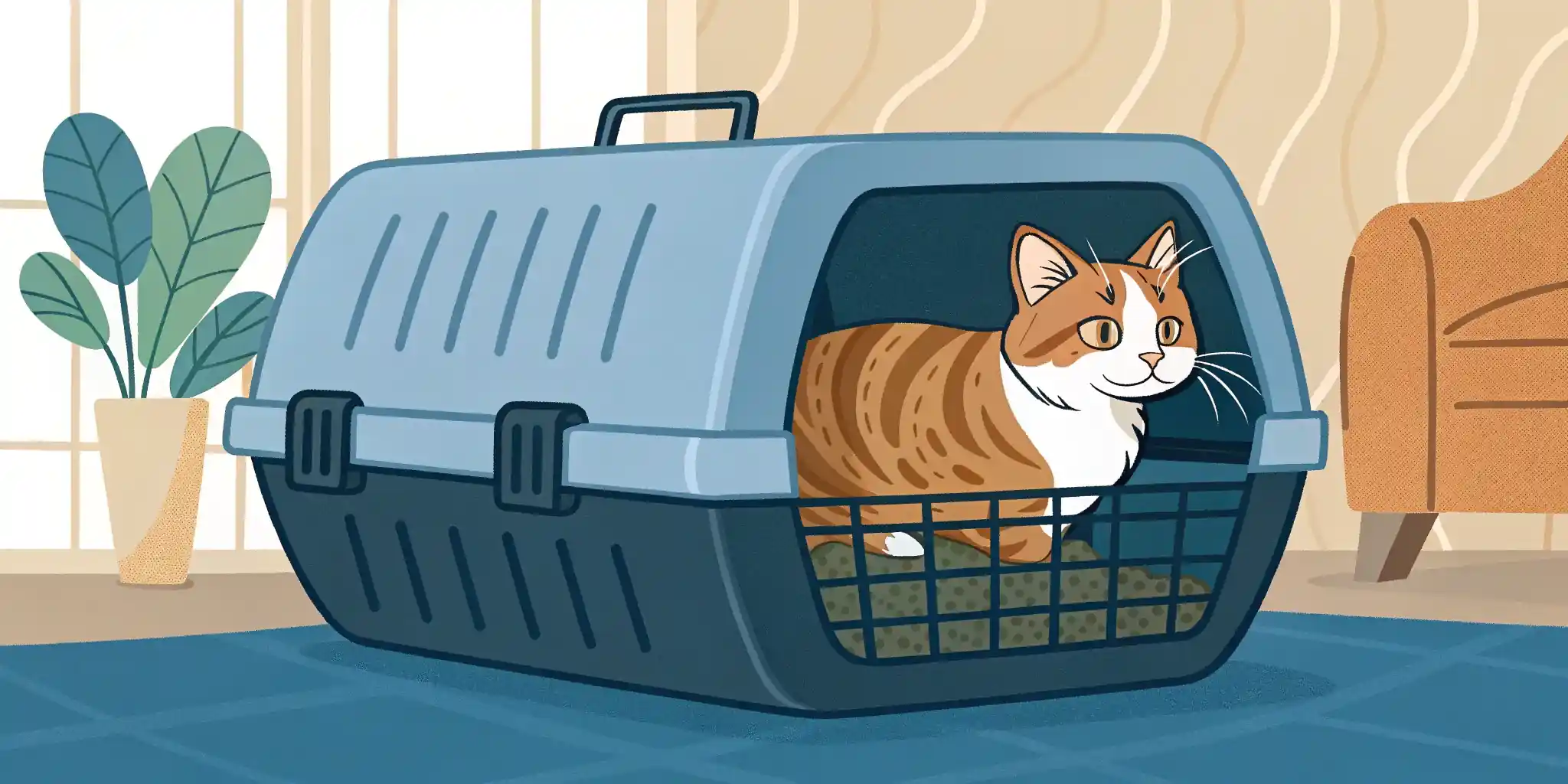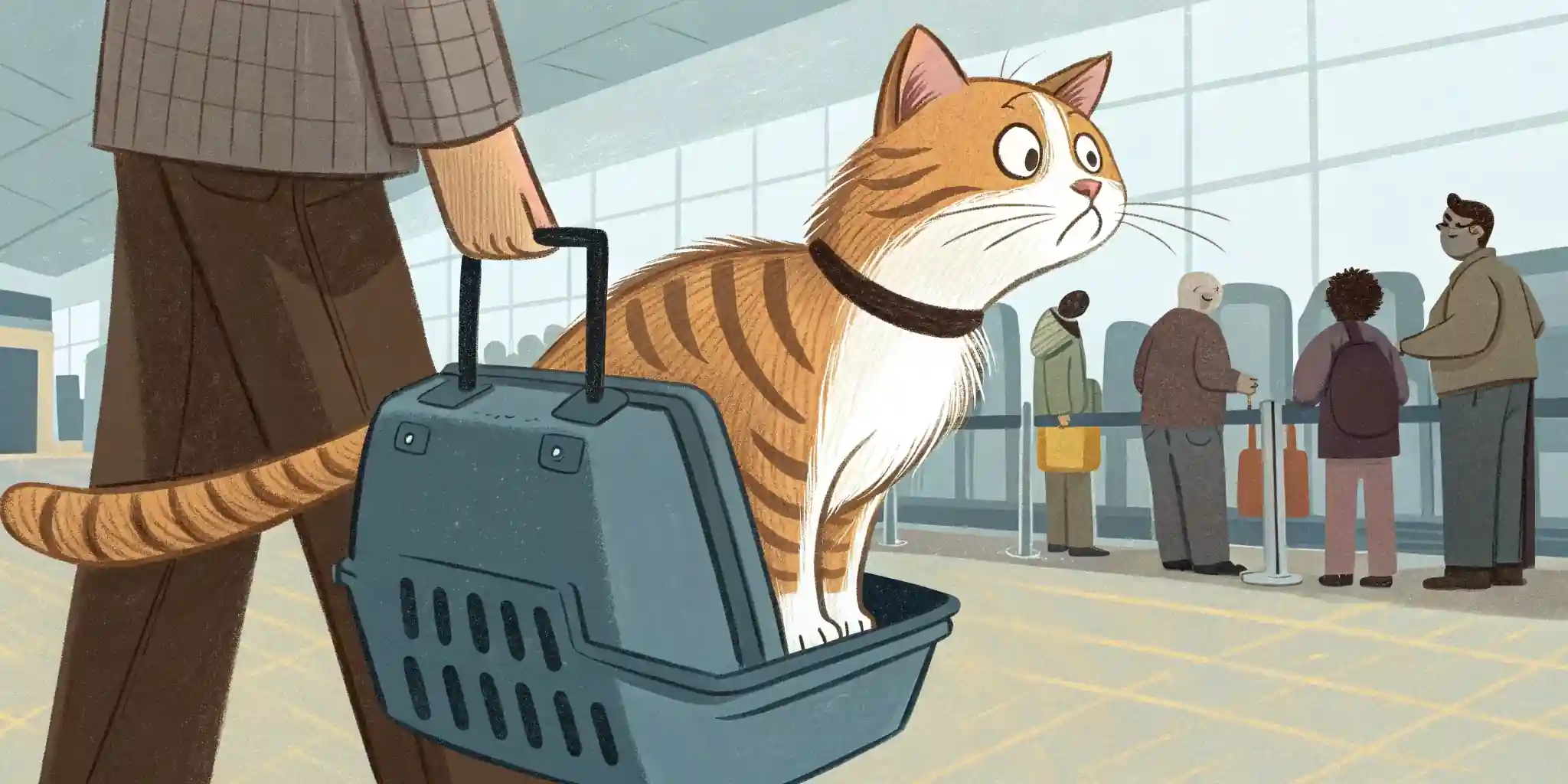
Calm Cats: Travel Tips for a Stress-Free Trip
**Traveling with a cat?** 🙀 Reduce travel stress with our top tips for calm cats! Learn how to make journeys purr-fect.
Traveling with Your Cat: Tips for Minimizing Stress
Traveling with your cat can be…challenging. Unlike their canine counterparts, cats are often less enthused about leaving the comfort of their familiar territory. The sights, sounds, and smells of travel can be incredibly stressful for them. But sometimes, it’s unavoidable – whether you’re moving across the country, visiting family for the holidays, or simply needing to take your feline friend to the vet. The good news is, with proper planning and preparation, you can significantly minimize your cat’s travel anxiety and make the journey safer and more comfortable for both of you.
Before You Go: Preparing Your Cat for Travel
Preparation is key when it comes to traveling with cats. Don’t wait until the last minute to start getting your cat ready. A gradual introduction to the travel carrier and the upcoming trip can make a huge difference.
-
Get Your Cat Used to the Carrier: The carrier shouldn’t be a place of fear! Start by leaving it out in your house, perhaps with a comfy blanket and a few treats inside. Encourage your cat to explore it on their own. You can even feed them their meals inside the carrier to create positive associations. I’ve found that cats who are used to their carriers are much less stressed during travel.
-
Car Rides are Key: Take short car rides around the block to acclimate your cat to the motion and sounds of the car. Start with just a few minutes and gradually increase the duration. Be sure to keep the temperature comfortable and play some calming music.
-
Veterinary Check-Up is a Must: Schedule a check-up with your veterinarian to ensure your cat is healthy enough to travel. Discuss your travel plans and ask about any specific concerns. Your vet can also provide advice on managing anxiety, such as recommending calming pheromone sprays or, in some cases, prescription medication. Especially if you are traveling long distance with your cat, a vet visit is crucial.
-
Identification is Vital: Ensure your cat has proper identification, including a microchip and a collar with an ID tag containing your current contact information. This is especially important if you’re moving or traveling across state lines with your cat.
 A comfortable cat in its carrier, ready for a road trip.
A comfortable cat in its carrier, ready for a road trip.
Packing for Your Feline Friend
Just like you pack your suitcase, your cat needs a travel bag too! Having the right supplies on hand will make the trip much smoother.
-
Food and Water: Pack enough of your cat’s regular food and water to last the entire trip, plus a little extra in case of delays. Don’t forget bowls!
-
Litter Box Essentials: A portable litter box is a must. You can find disposable options or collapsible ones that are easy to pack. Bring plenty of litter and scoop bags.
-
Comfort Items: Pack your cat’s favorite blanket, toys, or a familiar-smelling article of clothing. These items can provide comfort and security during the journey.
-
First-Aid Kit: A basic first-aid kit for pets is always a good idea, including items like antiseptic wipes, gauze, and any medications your cat takes regularly.
-
Cleaning Supplies: Accidents happen. Pack paper towels, pet-safe cleaning spray, and a plastic bag for soiled items.
During the Trip: Keeping Your Cat Calm and Safe
Once you’re on the road, there are several things you can do to minimize your cat’s stress levels.
-
Secure the Carrier: Place the carrier on the floor behind the driver’s or passenger’s seat, or secure it with a seatbelt. This will prevent it from sliding around during the ride. Never let your cat roam freely in the car.
-
Maintain a Comfortable Temperature: Keep the car at a comfortable temperature for your cat. Avoid extreme heat or cold.
-
Minimize Noise and Stimuli: Keep the radio volume low and avoid sudden braking or acceleration. A blanket draped loosely over the carrier can help reduce visual stimuli.
-
Offer Water and Food: Offer your cat water every few hours. If they’re not eating, don’t force it. A little bit of wet food might be more appealing.
-
Regular Breaks: Stop every few hours to allow your cat to use the litter box and stretch their legs (inside the carrier, of course!). This is especially important on long car rides with a cat.
-
Consider Calming Aids: As mentioned earlier, calming pheromone sprays can help reduce anxiety. You can spray them in the carrier before the trip and reapply them as needed. Always consult with your veterinarian before using any new calming products.
 A cat taking a break during travel, enjoying the comfort of its carrier.
A cat taking a break during travel, enjoying the comfort of its carrier.
Air Travel with Your Cat
Flying with your cat requires additional considerations.
-
Airline Regulations: Check with the airline about their specific requirements for traveling with pets. This includes carrier size restrictions, health certificates, and any associated fees.
-
Acclimation to the Airport: Take your cat on short trips near the airport in the weeks leading up to your travel date. This will help desensitize them to the sounds and smells.
-
TSA Procedures: Be prepared to remove your cat from the carrier during the TSA screening process. Consider using a harness and leash for added security.
-
In-Cabin vs. Cargo: If possible, travel with your cat in the cabin. This will allow you to keep a close eye on them and provide comfort. If your cat must travel in cargo, choose a direct flight to minimize the risk of delays or mishandling. I strongly believe that in-cabin travel is the best option for your cat’s well-being whenever possible.
 Navigating airport security with a cat requires patience and preparation.
Navigating airport security with a cat requires patience and preparation.
Arriving at Your Destination
Once you reach your destination, give your cat time to adjust.
-
Create a Safe Space: Set up a designated area for your cat with their food, water, litter box, and familiar belongings.
-
Allow Time to Explore: Let your cat explore the new environment at their own pace. Don’t force them to interact with new people or animals right away.
-
Maintain a Routine: Stick to your cat’s regular feeding and playtime schedule as much as possible.
-
Be Patient: It may take your cat a few days or even weeks to fully adjust to their new surroundings. Be patient and provide plenty of love and reassurance.
Traveling with your cat may not always be easy, but with careful planning and a little bit of patience, you can make the journey as stress-free as possible. Remember to prioritize your cat’s comfort and safety, and don’t hesitate to seek guidance from your veterinarian. With these tips, you can ensure that your feline friend arrives at your destination happy and healthy.


